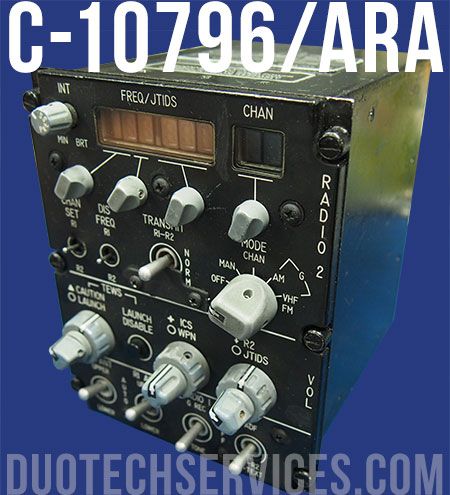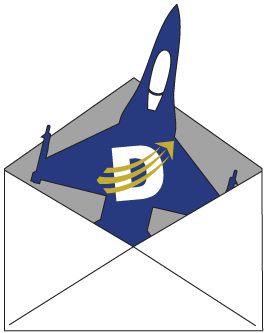The F-4 Phantom and MiG-25 Foxbat were both fast and powerful fighter aircraft. Between the two, they held many world speed records for time to climb (time-to-altitude), meaning the time it takes to fly from the earth’s surface to certain known altitudes. One of those Fédération Aéronautique Internationale (FAI) records was set in April of 1962 by a U.S. Navy test pilot, Commander John Watts Young. In his F-4 Phantom, Young took just 3 minutes and 50.44 seconds to climb from the earth’s surface to a height of 25,000 m (82,921 ft). In August of 1977, a Soviet Union test pilot strapped himself into a twin-engine MiG-25 supersonic interceptor and set a record for absolute flight altitude that still stands today. He climbed to an altitude of 123,523 feet. In June 1973, another MiG-25 pilot set the time-to-height records of 25,000 m [82,020 feet] in 3 min 12.6 s and 30,000 m [98425 feet] in 4 min 3.86 s.
Greater engine thrust than weight – that was the F-15 Eagle. Its two powerful engines produced 25,000 pounds per engine. Combine that with its low wing loading (ratio of aircraft weight to its wing area) and the Eagle could accelerate straight up. It was basically a pilot strapped to a rocket with wings.
Not to be outdone by the MiG-25, the U.S. Air Force wanted to prove that their F-15 was superior to anything the Russians flew. In a two-week time period in January and February 1975, the F-15 broke eight time-to-climb records set by the MiG-25. In an aircraft stripped down of non-essential items like the MiG-25 was for its testing, the F-15 Streak Eagle shattered 30,000 m in under 3.5 minutes. In the 3,000 m [9,840 ft] the improvement was 27.5 seconds versus the MiG-25s previous 34.5 seconds. The flights over the following two weeks would see other records fall to the Eagle. On the first morning of record flights on January 16, 1975, Major Robert Smith exploded past the 3,000m (9,840 ft), changing the world record from 34.5 seconds to just 27.57 seconds. That afternoon, other pilots scratched off the 6,000m, 9,000m, 12,000m, and 15,000m (49,212ft). The 15,000m was shattered with a time of 77.05 seconds, 37.5 seconds faster than the previous record. Before the end of these record flights in February, the MiG-25 Foxbat’s records for 20,000m, 25,000m, and 30,000m would all fall to the pilots in the F-15.
In the Fall of 1986, the Russian SU-27 Flanker broke those 8 time-to-climb records again. Just as the F-15 was in 1975 and the MiG-25 and F-4 were during their record flights, the SU-27 was modified to be as light as possible for the record flights. Designated as P-42 Streak Flanker, The P-42’s 3000m attempt resulted in a time of just 15.6 seconds. Its 15,000m attempt was 70.329 seconds, 7 seconds faster than the F-15’s record flight.
In the videos below, you can follow the record breaking flights of the F-15 Eagle and a max climb to altitude (12,000m) in a F-15C Eagle. There is also a video of the P-47 Streak Flanker’s record time to an altitude flight of 12,000m in 55.542 seconds.
F 15 Streak Eagle Record Flights
Climbing time record of the Su-27 to an altitude of 12 km ( Breaking the F-15 Streak Eagle record)
Also Read: Turned Back by the F-15 Eagle
Communications Control Panel (ICCP) C-10796/ARA P/N: 5055101-8 NSN: 5895-01-329-6324
 Duotech maintains the electronics, avionics, and communications components of the F-15 Eagle. An example is the Integrated Communications Control Panel (ICCP) C-10796/ARA shown here. This control system allows the pilot to operate between two receiver/transmitters (R/T). R/T 1 houses the electronics and memory for the control of an ARC-164 UHF Radio. R/T 2 would consist of a different ARC-164 UHF or an ARC-186 VHF AM/FM radio. Other systems Duotech repairs of the F-15 include the ALQ-135 Advanced Electronic Countermeasures and the APN-232 Combined Altitude Radar Altimeter (CARA).
Duotech maintains the electronics, avionics, and communications components of the F-15 Eagle. An example is the Integrated Communications Control Panel (ICCP) C-10796/ARA shown here. This control system allows the pilot to operate between two receiver/transmitters (R/T). R/T 1 houses the electronics and memory for the control of an ARC-164 UHF Radio. R/T 2 would consist of a different ARC-164 UHF or an ARC-186 VHF AM/FM radio. Other systems Duotech repairs of the F-15 include the ALQ-135 Advanced Electronic Countermeasures and the APN-232 Combined Altitude Radar Altimeter (CARA).
Even with tight funding, systems like the C-10796/ARA and legacy receiver/transmitter radios like the AN/ARC-164 must be maintained to ensure mission-critical components are ready to keep those fighters in the air. Duotech supports existing legacy and obsolete systems in aircraft like the F-15, F-16, and F-5, enabling operators to avoid scraping repairable equipment while delivering under budget and meeting critical deadlines. Contact Duotech today about supporting your electronic and electromechanical systems with a full range of equipment repair services.
Communications Control Panel (ICCP) C-10796/ARA
P/N: 5055101-8
NSN: 5895-01-329-6324







